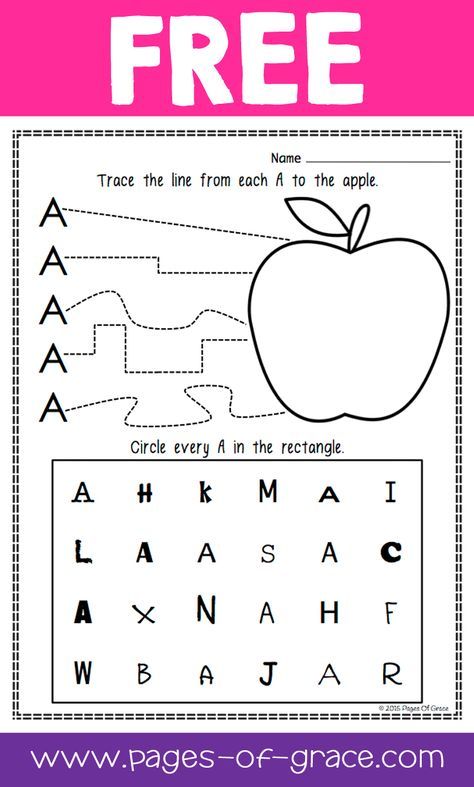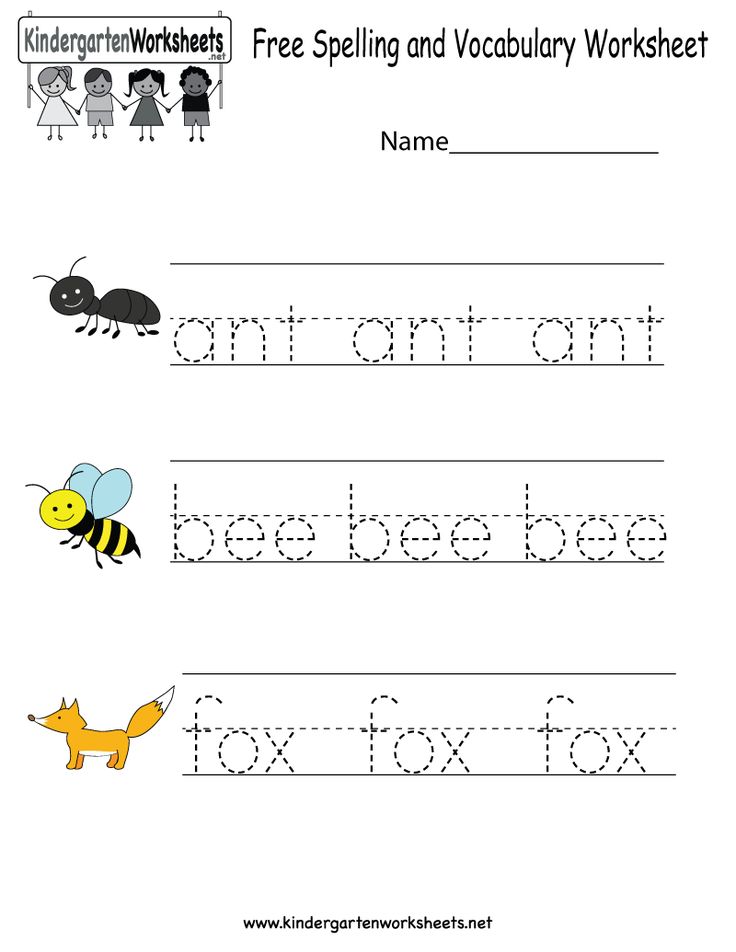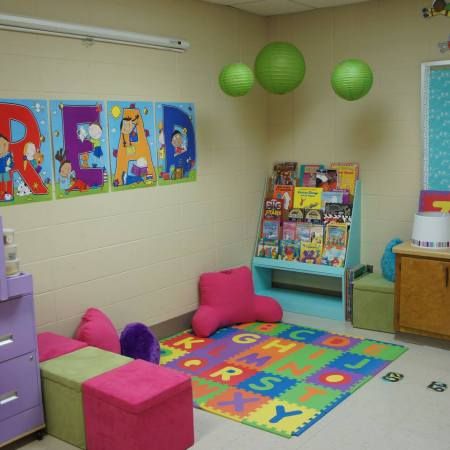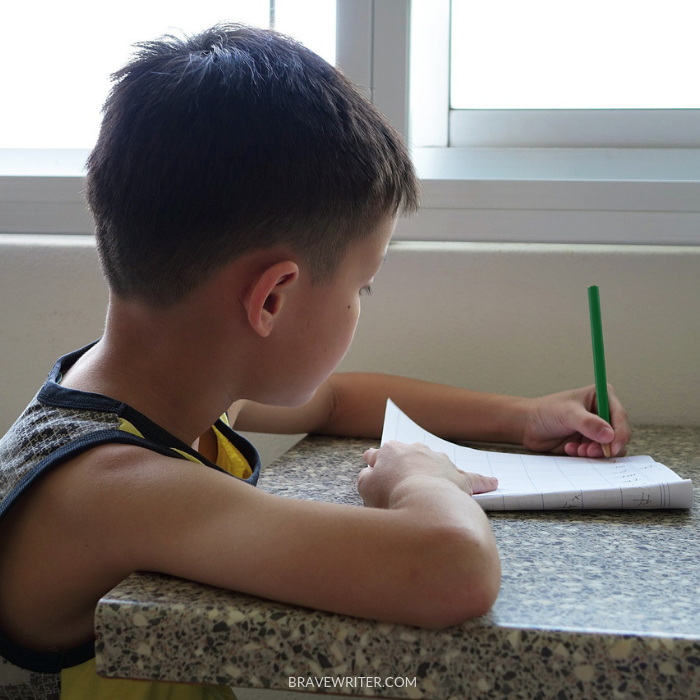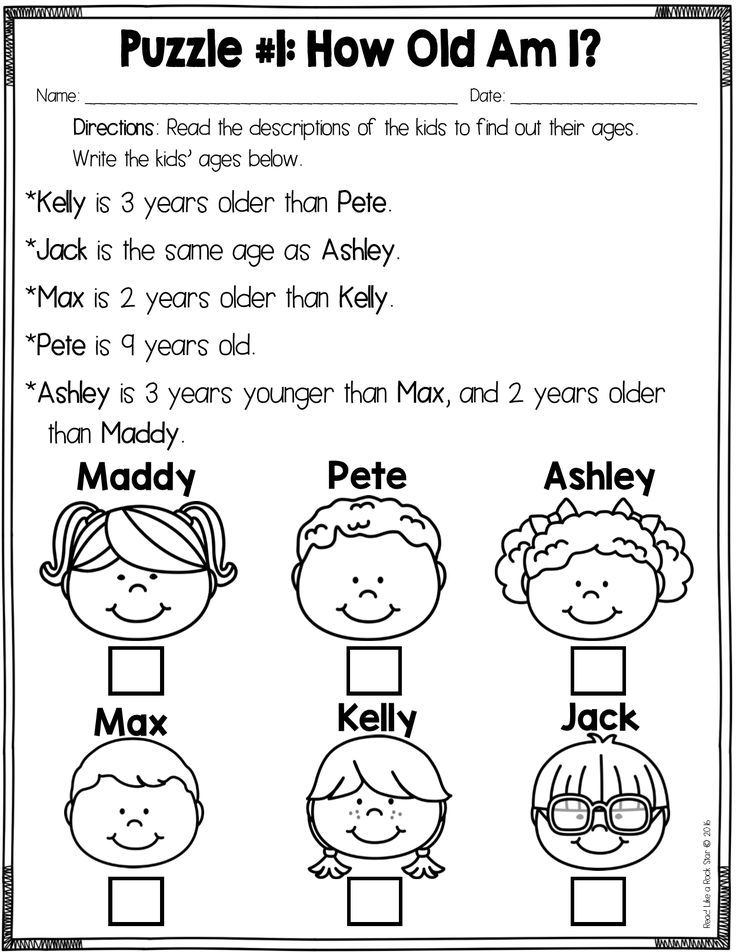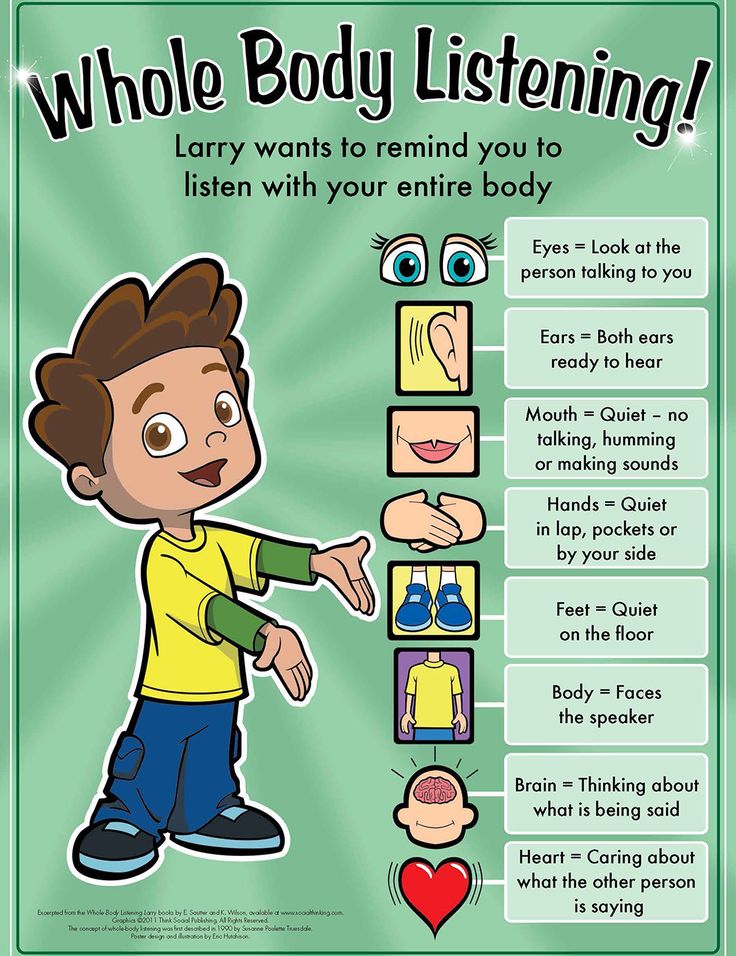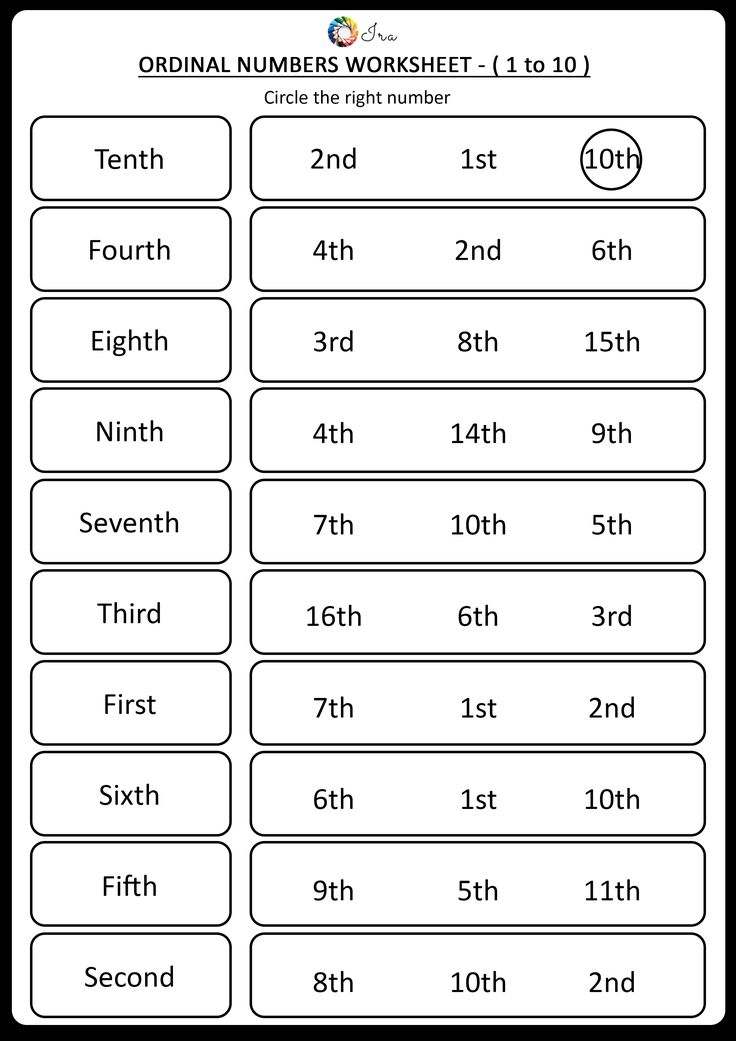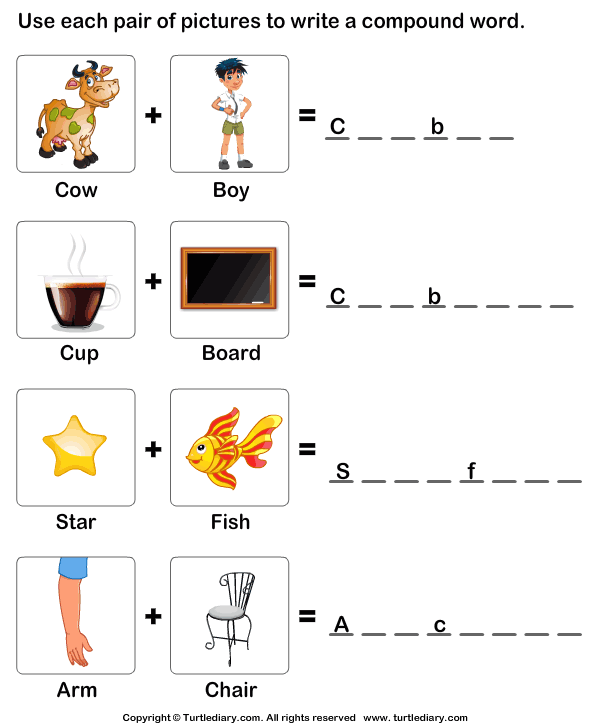Letter learning for preschool
5 Easy ways to teach the alphabet to preschoolers | Daycare Blog
Teaching children the alphabet is foundational to learning how to read. Before children can put together sounds or draw together lines that make words, they need to know what they are. If you’ve never taught the alphabet before, the concept may sound abstract: how do you teach something that comes so naturally to you? Teaching letters can be really fun and simple. In this article, we’ll give you easy ways to teach the alphabet to preschoolers.
1) Sing alphabet songs
Obviously, we all know the English-language, “A-B-C-D, E-F-G,” song. That’s a great place to start. However, there are more alphabet songs, which can add variety to your tunes, and help kids learn the alphabet in different ways.
This article lists a whole bunch of alphabet songs to try. And, if you saw our article on YouTube channels for toddlers and preschoolers, you can find letter-related songs there too. The visuals in videos can show objects that start with each letter, and sometimes the songs also pronounce sounds too.
One important note brought up by this early childhood educator, is that kids should go from singing the song, to being able to say and point out the letters without a tune. So don’t stop at singing!
2) Play letter matching games
Letter matching games are easy to set up. You can have a poster board with the alphabet printed on it in large letters. Have separate letter magnets or paper letters cut out at the same size as the print letters. Ask the preschoolers to match their cut outs to the letters on the chart. Where does “A” go? Place the letter “A” cut out on top of the printed “A” on the poster board. Get them to practice doing this with all the other letters.
As the early childhood educator mentioned above noted, you can also have an alphabet ‘arc,’ where one end of a half-circle shows the letter “A”, and the other end the letter “Z”. In between you can have other letters in the alphabet shown, but not all of them. Ask the preschoolers to put down their block letters in the right sequence, using the pre-filled in letters as clues.
3) Open a new ‘alphabet box’ each week
You may have seen us post on Facebook that a certain week is brought to you by a letter we’re covering. It may be “C,” and you’ll see photos of us painting the letter C at daycare, or learning about animals that start with the letter “C.” Weekly letter themes are common in preschools.
You can take your weekly letter curriculum a step further by creating a box that children can open to discover objects that relate to that letter.
For example, on the week covering the letter “A,” your preschoolers can open (or even unlock) a box that contains an apple, a toy airplane, a toy alligator, an acorn, an arrow (a safe one!), and so on. In fact, don’t tell the children right away what letter the box of ‘treasures’ represents. Ask them if they can guess the letter they’ll cover that week by observing the objects in the box alone. This can be a fun and whimsical way to have your children get excited about the week ahead, and work together to come up with an answer.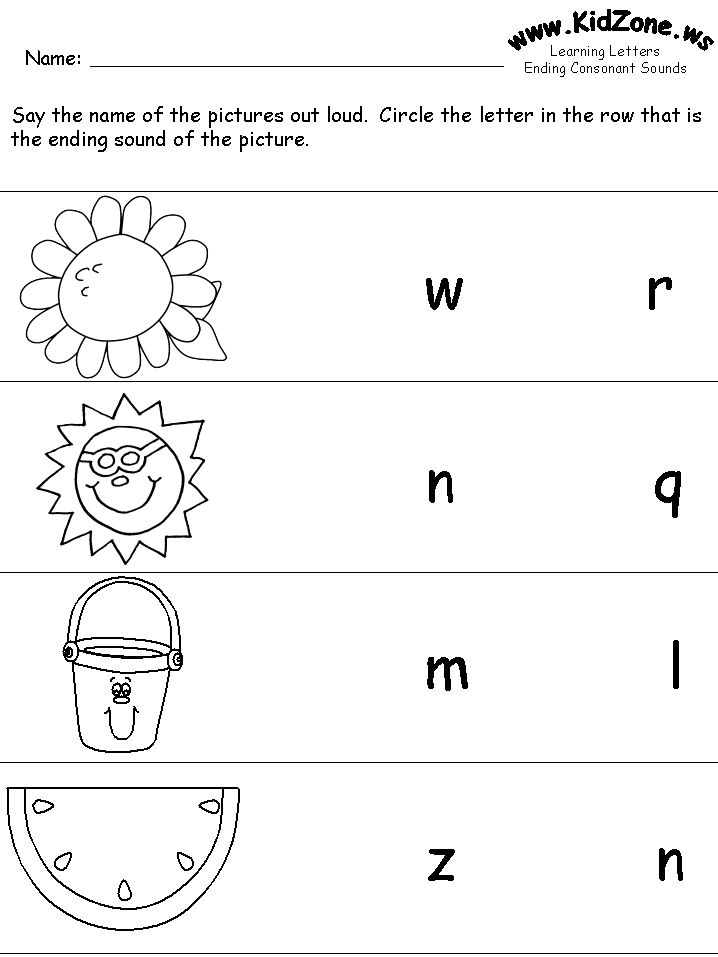
3) Use interdisciplinary learning with each letter, to strengthen letter associations
Since repeating a letter over and over again can get boring, you can mix it up a little by bringing in related lessons. You can start with a week’s letter as your core subject. Then, throughout the day, teach interdisciplinary subjects that still relate.
For example, if you are on the letter “R,” you can learn about the colour “red” too, since it starts with “R.” Ask the children, ‘what things are red?’ If you are on the letter “A,” you can learn about apples. We’ve done this before, where we teach children about the types of apples there are, as well as explain that seeds are inside an apple, and so on.
This blogger lists a whole bunch of crafts you can you incorporate into your letter learning. For example, you can make holes with a hole punch for the letter “H.” This can then lead into learning about the circle shape. You get the idea…
4) If you use flashcards to teach the alphabet, use logical ones
Flashcards are a great memorization tool, and the alphabet is all about memorizing.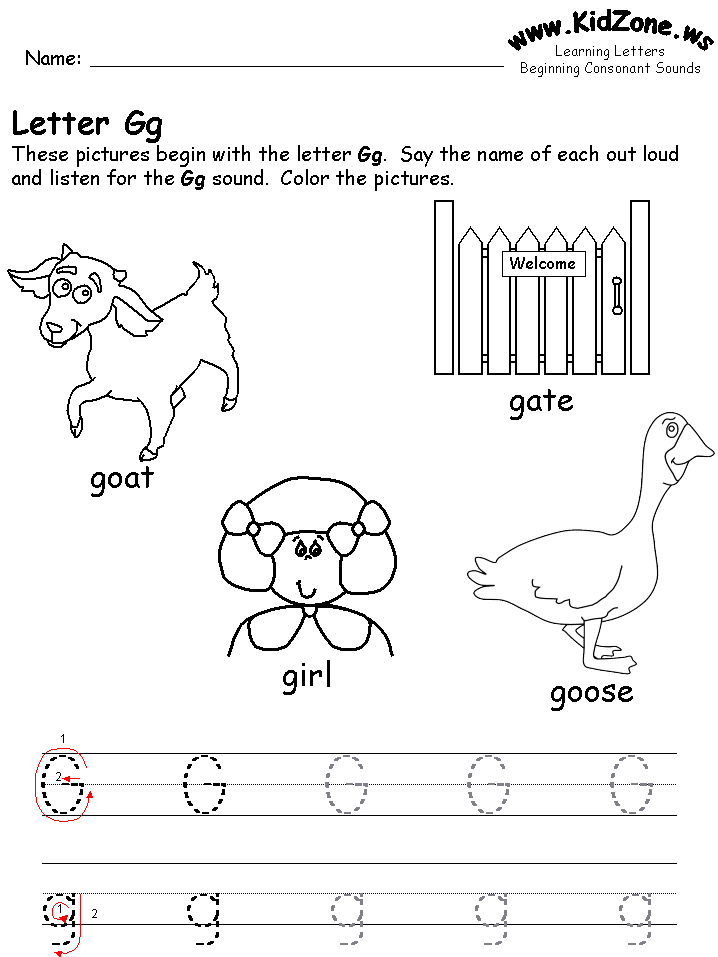 However, this teacher warns that sometimes, pre-made flashcards can get really confusing. If you are teaching the letter “D” and there is an image of something that simply uses the sound of “D” somewhere in the word, but doesn’t start with “D”… well you can quickly see how even adults would be confused by that.
However, this teacher warns that sometimes, pre-made flashcards can get really confusing. If you are teaching the letter “D” and there is an image of something that simply uses the sound of “D” somewhere in the word, but doesn’t start with “D”… well you can quickly see how even adults would be confused by that.
Remember, at this stage, you’re not teaching phonetics or complex vocabulary and pronunciation. First, children need to recognize and know the alphabet. Use the simplest flash cards, with the simplest pictures of the objects and animals that preschoolers can recognize.
That said, sometimes you want to use lowercase and uppercase letters in your flashcards…and yes, that can be confusing for the very young learners, especially when the upper and lowercase look so different, but are called the same thing. But if you’re using a set of magnets, for example, you can just use their uppercase versions, that’s ok (they may only come in that form). For very early learners, you can start really basic.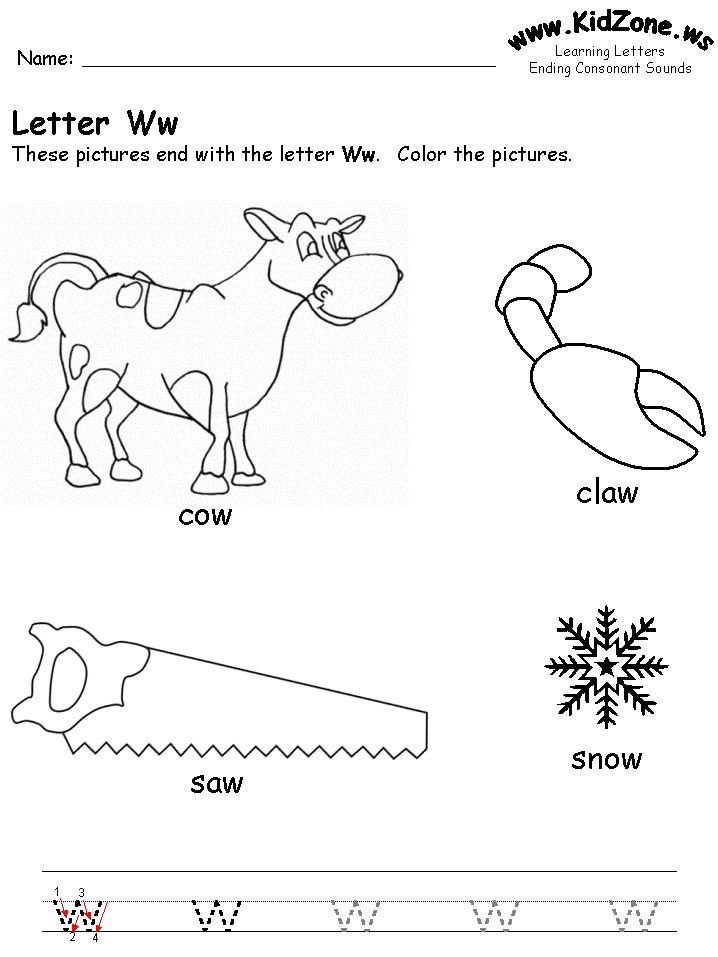 Just don’t forget to start showing them the lowercase and uppercase letters together at some point in their alphabet learning journey.
Just don’t forget to start showing them the lowercase and uppercase letters together at some point in their alphabet learning journey.
5) Eat foods shaped like letters to help preschoolers learn their alphabet
Speaking of interdisciplinary alphabet learning, why not do a baking session with the kids at preschool? They can use letter-shaped cookie cutters to make a fun and yummy snack. Meanwhile, there is a host of lessons you can teach with the baking activity. Chemistry, cooking, nutrition…the list goes on.
If you want the easy route, try commercially-sold letter-shaped biscuits. IKEA has a version of these. Ask your toddler or preschooler to name the alphabet letter they’re about to eat. Eating it can be the reward for getting it right!
And of course, there is alphabet soup, or noodles shaped like letters. You can make mealtime fun, and educational, with these edible alphabet manipulatives.
So there you have it, 5 easy ways to teach the alphabet to preschoolers.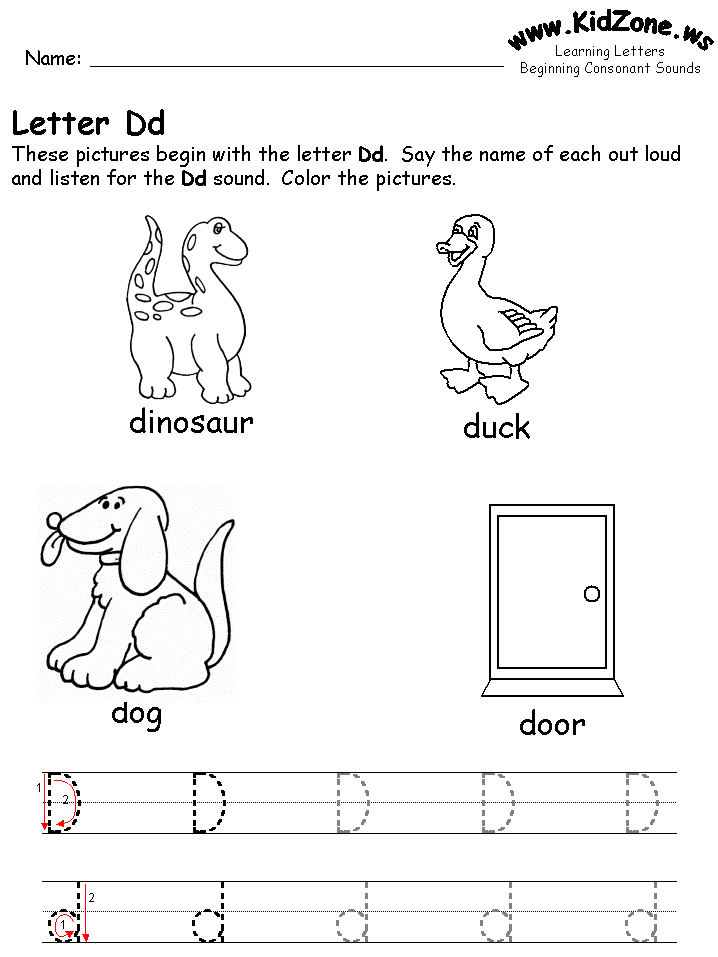 They may even be fun for you, too! It is super cute to hear little ones pronounce letters, and guess what object goes with each letter. When your preschoolers are learning the alphabet, be sure to take every teachable opportunity you can to encourage them to recognize letters in the world around them. If you’re on a field trip, ask the children if they can spot their letter-of-the-week on a street or building sign. If you’re reading a book, see if they can spot the letters you’re reading to them. Keep pushing letter recognition throughout the day, so the lessons can really sink into their memory.
They may even be fun for you, too! It is super cute to hear little ones pronounce letters, and guess what object goes with each letter. When your preschoolers are learning the alphabet, be sure to take every teachable opportunity you can to encourage them to recognize letters in the world around them. If you’re on a field trip, ask the children if they can spot their letter-of-the-week on a street or building sign. If you’re reading a book, see if they can spot the letters you’re reading to them. Keep pushing letter recognition throughout the day, so the lessons can really sink into their memory.
See more on our blog:
- How to teach digraphs to preschool children (6 ways)
- What is the best way to teach word recognition to early childhood readers?
- Why is literacy crucial in the early years? How can parents and preschools help with reading skills?
- How to teach toddlers and preschoolers to count, and learn their numbers
- Ideas for teaching shapes in preschool and daycare
Awesome Alphabet Activities for Preschoolers
I thought it was time to share some alphabet activities for preschoolers.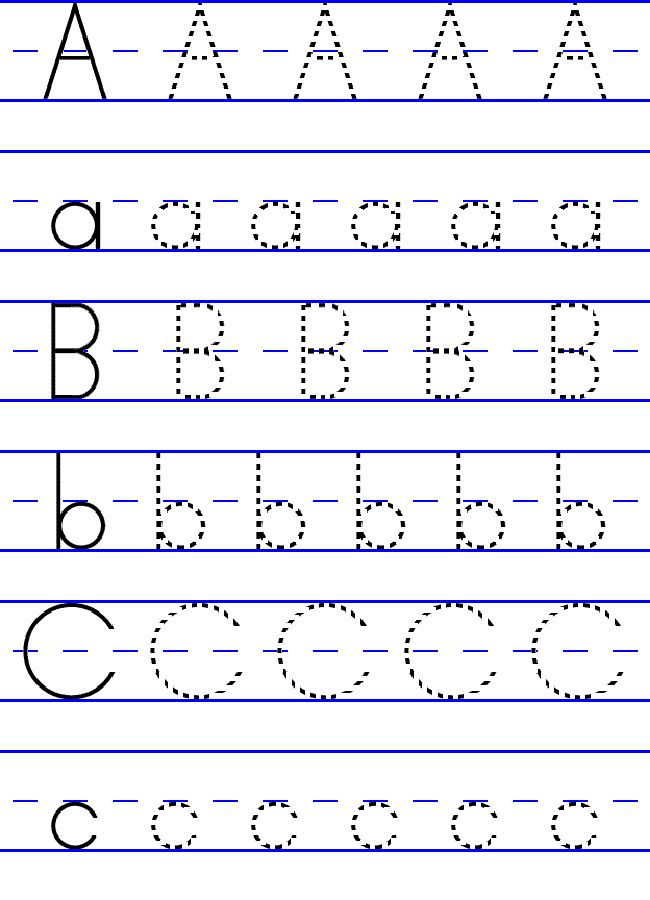 Alphabet activities and How Wee Learn definitely seem to go hand in hand.
Alphabet activities and How Wee Learn definitely seem to go hand in hand.
I have shared with you oodles of letter activities before AND a (rather lengthy) post about why I don’t actually suggest teaching letters in ABC order. But I have not shared with you a great, big, huge resource full of alphabet activities—until now, my friends.
Just before we dive right in, I want to ensure you have already received my free resource for Teaching Letter Recognition. If you haven’t, please grab yourself a copy right here:
It is so important that children learn their letters in this special order! So important, in fact, that the teacher in me just needed to tell you all about this method and exactly how to teach those letters to your little ones. SO just before we dive into the alphabet activities, have a little peek at this video:
Alright, you’ve got your FREE copy of The Order for Teaching Letters? Did you watch my video? Do you know exactly which order to introduce those letters to your little one (and why)? Then it’s time, friends. Let’s keep that letter learning fun and exciting!
Let’s keep that letter learning fun and exciting!
Sensory Letter Activities
Alphabet Activities with No Pencil Required – This is a fabulous sensory activity for preschoolers! Little hands can form all of the letters of the alphabet using popsicle sticks and pipecleaners on this sticky wall.
ABC Hide and Seek by Sunshine and Chaos – Grab any play letters you may have (magnets, puzzle pieces, bath letters) and hide them in a sensory bin of your choice (rice, cornmeal, sand). Ahhh, activity simplicity at its best.
Dirt Play Dough + Rock Writing Tray by Frugal Fun for Boys and Girls – Letter activities for preschoolers can be especially engaging when kids have the chance to use materials they love. Frugal Fun for Boys and Girls shares their natural playdough recipe via this post. Substitute rocks, beads, beans, marbles, buttons, or whatever you have on hand for making the letters.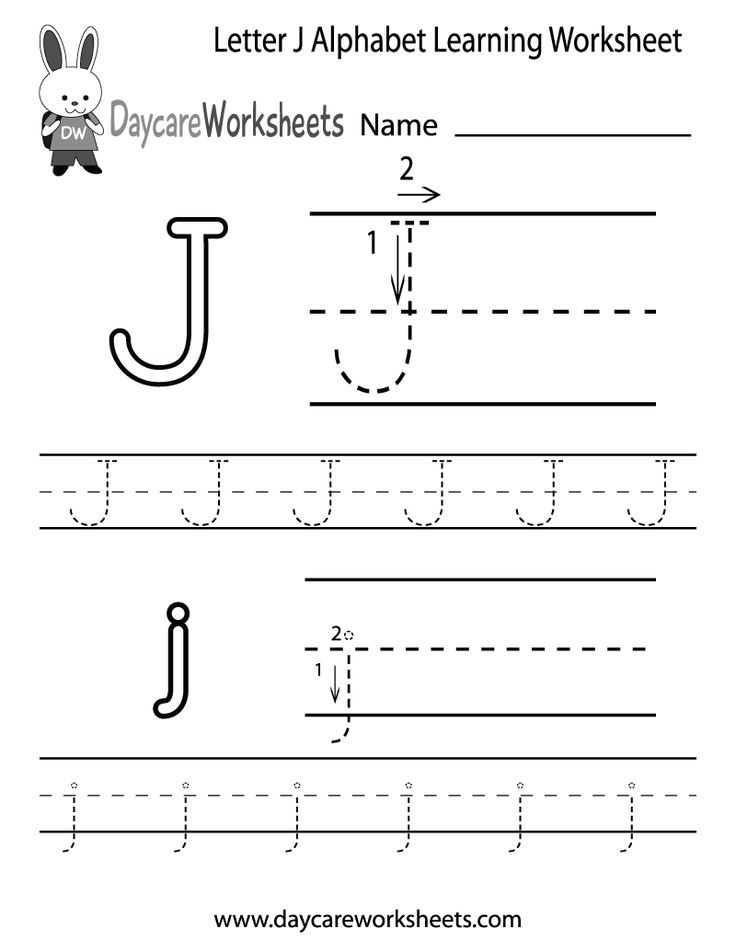
Sprinkle Sensory Writing Bag by Active Littles (link no longer available) – Sprinkles are such a fun and colorful filler for this writing bag. Using popsicle sticks as a writing tool is such a great way to ensure your kiddo’s letter creations come out clearly.
Alphabet Soup by The Letters of Literacy – Grab a pot and a ladle and make ACTUAL alphabet soup with your preschooler! Scoop out the letters you need for a sorting activity of your choice: in separate soup bowls sort upper case and lower case, vowels, and consonants or rounded letters vs. not rounded letters. So many possibilities!
Find it, Write it, Draw it by Views from a Step Stool – This idea can easily be adapted to whatever materials you have at home. Have your preschooler find a letter in a sensory bin and place it on a page. Beside the letter, they can try to write it, and then they can draw a picture of something that begins with that letter.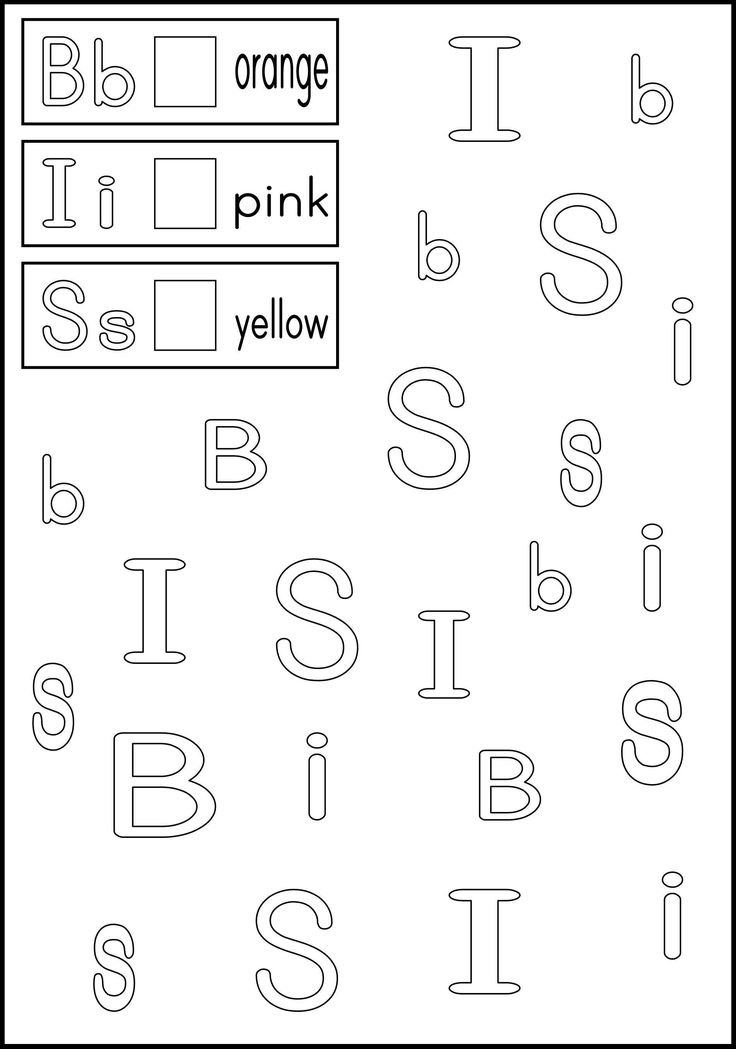 Organize the page however you’d like, leaving enough room for your child’s letter writing and drawings.
Organize the page however you’d like, leaving enough room for your child’s letter writing and drawings.
Clothespin Letter Dig and Match by Happy Toddler Playtime – I love how simple this engaging letter activity for preschool is to set up. Harness the secret magnetic power of clothespins by tossing them into a sensory bin and challenging your child to fish them out with their magic magnetic wand before matching them onto a simple homemade letter card.
Bubble Wrap Letter Play by NurtureStore – Who can resist a good bubble wrap popping? If your child doesn’t just go bananas and squish the entire sheet of bubble wrap at once (…mine would), add a little learning fun by writing letters on the bubbles and calling those out for your child to pop. They can pop all lowercase letters, all the letters of their name, etc. And did you know popping bubble wrap strengthens little fingers? I know you needed another reason to pop bubble wrap, so I thought I’d mention that…
Alphabet Games
ABC Go Fish – Go Fish is a great “first card game” for little ones because it’s straightforward and simple to understand.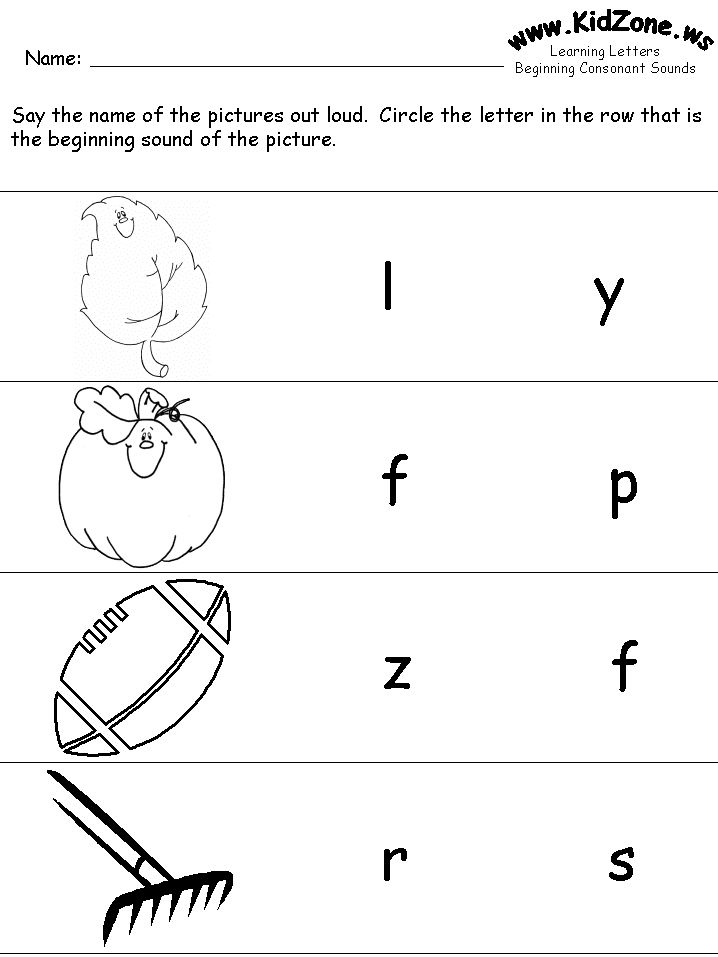 It is also great for teaching because as you play, you can gently course correct if you don’t hand your child the card they were expecting (I asked for an 8, mommy. Oh, that’s a 6!). We show you how to enjoy all the benefits of Go Fish with letters instead of numbers!
It is also great for teaching because as you play, you can gently course correct if you don’t hand your child the card they were expecting (I asked for an 8, mommy. Oh, that’s a 6!). We show you how to enjoy all the benefits of Go Fish with letters instead of numbers!
The Letter Monster Alphabet Game – This silly alphabet activity is a hit with all those little ones! This monster only likes items that start with certain sounds—check it out through the link; you will love it!
Match Me! The Christmas Alphabet Game – While this game is set up to be used at Christmas time you could simply change the theme and play this letter-matching activity at any time of the year.
Sort the Alphabet – Preschoolers can learn so much by simply playing with and sorting those alphabet letters!
Alphabet Matching Game on the RUN! – We all know that little ones love to MOVE! This is a fun activity that gets those little ones outside and running around to find letters.
An A-Maze-ing Learning Letters Game – Is there anything you cannot do with painter’s tape? This is an easy maze with a very fun letter learning twist!
Alphabet Kaboom by The Many Little Joys – Collect as many letters of the alphabet by a set time before picking up a popsicle stick that says Kaboom! and you win the game with the most letters in your hand. This game sounds very fun and can easily be adapted for learning other topics as well. Some preschoolers might have a hard time giving up their letters and losing to a parent or another sibling. You may just have to be mindful of this before proceeding and prepare for a teachable moment.
Alphabet Rescue by Entertain Your Toddler – This fabulously fun alphabet game is great for giving your child a secondary purpose for matching their letters. It’s a race around the clock to save these letters and get them home safely!
ABC Letter Match – Here at How Wee Learn, we also taped down our letters for a fun letter matching game, but the goal was to pair up upper and lower case letters.
The Letter Slap Game by Mom Life Made Easy – Rest assured no one gets hurt during the playing of this fun, quick-paced game. Write large letters on any surface (even on separate papers taped to the wall) then call out a letter or letter sound and challenge your preschooler to “slap” or tap it as fast as they can!
Paper Plate Memory Game by Frugal Fun for Boys and Girls – Letter activities for preschool that engage my child’s memory? Yes, please! Did you say it’s a fun game to boot? Pass me the paper plates! We are making this one! Children of all ages will love challenging themselves to find matching letters. Something tells me this activity could take a significant amount of time to play… hmmm…
Alphabet Bingo by Live Life Mom – I love how Live Life Mom incorporated a salad tosser to make this alphabet bingo game more authentic. This engaging letter learning activity will have your preschooler begging you to play again!
This engaging letter learning activity will have your preschooler begging you to play again!
Ball Sweep Alphabet Game by Fun Learning for Kids – Tape letters to your floor and challenge your preschooler to roll the ball over the letter you call out with their broom or a hockey stick. Develop gross motor skills, hand-eye coordination, and learn letters in one fell sweep… I mean, swoop.
A Writing Treasure Map by Days with Grey – Get your little one busily playing and practicing those writing skills with this fun treasure map! This invitation to play is sure to engage.
Letter Learning with Gross Motor Play
Scoop and Dump the Alphabet Activity – Write different letters on rocks or another item your child can scoop and dump with a truck. Then have them transport their letters to the right stop (or match the rock letters to their right card)!
Alphabet Find by Busy Toddler – Letter activities for preschool with endless possibilities are my favorite! Set up the letters of the alphabet throughout your house and call out whatever letters or sounds you are working on with your preschooler and watch them go on a mad dash to find them! A great way to keep their little bodies and minds moving!
Sponge Letter Stomp by Pre-K Pages – Use a permanent marker to write each letter of the alphabet on a sponge. Invite your preschooler to stomp on the letter you call out for some squishy gross motor fun!
Invite your preschooler to stomp on the letter you call out for some squishy gross motor fun!
Kick the Cup by Fun Learning for Kids – This game can be played with some variations and it is always fun to see where our kiddos take the activities we set up for them. At Fun Learning for Kids, they enjoyed kicking the ball at the cups and identifying the letters they knocked down.
Post-it Alphabet Race by Entertain Your Toddler – For this fun race, write letters on sticky notes and paste them on a wall. Call out a letter for your preschooler to grab and race to stick it to another location. Your little one can stick it randomly on the new wall or you can have them categorize the letters. For example, lower case letters go on the wall beside the couch and upper case letters go on the wall beside the chair.
Alphabet Basketball by School Time Snippets – The combination of fine motor skills (crumpling paper) and gross motor skills (throwing) in this letter activity for preschoolers is very exciting! Place your paper letters on the ground, call them out and have your preschooler crumple them up into a ball and toss them in the basket. If you don’t have a basketball net you can use a cardboard box or a laundry basket.
If you don’t have a basketball net you can use a cardboard box or a laundry basket.
Letter Learning for Fine-Motor Fine-Tuning
Fingerpaint Names by Happy Toddler Playtime – Fingerpainting your child’s name is a great fine motor activity to help your child recognize the letters of their name and their formation.
Sticker Name Recognition by Busy Toddler – This preschool letter activity is great for getting a child to move from simply recognizing what their name looks like visually to recognizing and remembering the individual letters that make up the whole.
Name Rubbings by Toddler at Play – Write your child’s name on cardstock rectangles or flashcards using a hot glue gun. Then have them place the letters under white cardstock and colour over the ridges in crayon. This activity is great for developing hand-eye coordination and fine motor skills while producing a lovely name craft.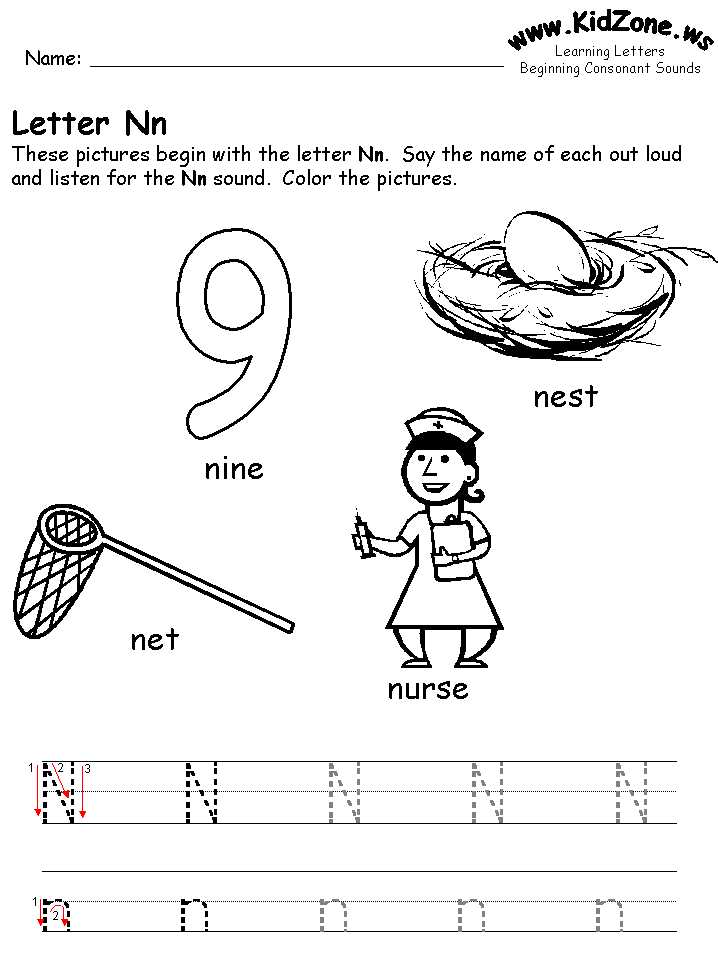 This could turn into a snazzy name sign for a child’s bedroom door.
This could turn into a snazzy name sign for a child’s bedroom door.
Plastic Egg Letter Match by Large Family Table – Toss these letter halves into a bin and— VOILA—you have an easy and quiet letter learning activity. Write the letters on non-matching colours for an added challenge.
Letter Pounding by I Can Teach My Child – This engaging letter learning activity is easily adaptable for preschoolers and older kids. Children can decide to hammer their golf tees into the styrofoam or place them in with their hands. Both accomplish the learning goal and both help strengthen fine motor skills.
ABC Apple Lacing by 123Homeschool4me – Lacing and letter learning? Alphabet alliteration? (Heehee) What a clever way to combine letter recognition with fine motor skill development.
Alphabet Geoboard by A Little Pinch of Perfect – The teacher in me got a little giddy when I saw this activity! What an exciting challenge for little ones to match their letters while strengthening their little fingers!
Q-tip Letter Erase by Toddler at Play – This brilliant activity can be done on a whiteboard or on a window with dry-erase markers.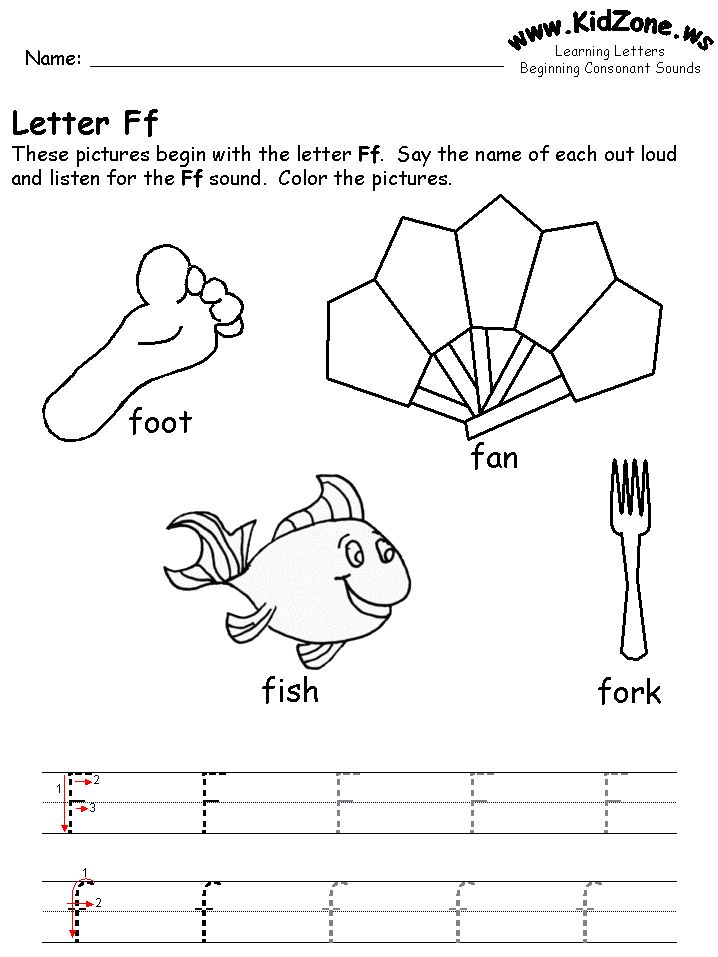 Preschoolers with more practice in letter writing may enjoy erasing the letters by tracing over their shape. All is not lost if your child does not choose to do this because they are still practicing their letter recognition.
Preschoolers with more practice in letter writing may enjoy erasing the letters by tracing over their shape. All is not lost if your child does not choose to do this because they are still practicing their letter recognition.
Even More Alphabet Activities for Kids…
Make a Letter – This idea is just about as simple as they come. The post is great to explain why loose parts are so important for children.
Watermelon Seed Letters – If it happens to be summertime, why not play with these watermelon seed letters? This quiet time activity is so easy to set us and perfect for little alphabet learners.
Pool Noodle Alphabet Match by A Dab of Glue Will Do – I love these big, chunky pool noodle letters! They are so inviting and are full of possibilities for fun! Place one set of lower or uppercase letters on a surface with a popsicle stick inside and ask your child to find the matching letter and place it on top.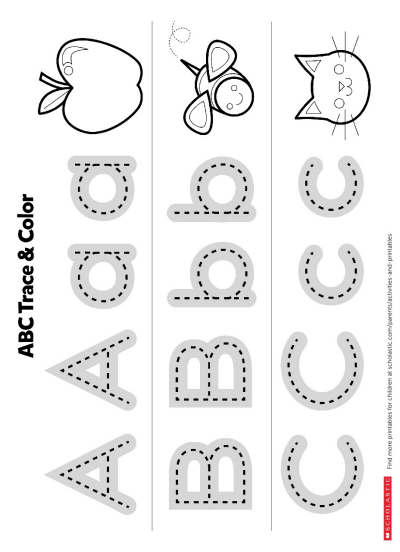 These pool noodle letters can be used for bath time or outdoor water fun. They can be placed in a soapy sensory bin or hidden indoors or out for an exciting alphabet hunt!
These pool noodle letters can be used for bath time or outdoor water fun. They can be placed in a soapy sensory bin or hidden indoors or out for an exciting alphabet hunt!
Newspaper Letter Hunt by Where Imagination Grows – One of the many exciting early learning moments is when your child randomly points at a letter on your t-shirt or a cereal box and calls it out with joyous excitement, like they just found a treasure: “O!” This letter activity for preschool takes that excitement to a whole new level by having your toddler go on a letter hunt in real big people texts, like flyers, magazines, and newspapers. This is some very important sleuthing work, my friends!
Cotton Swab Letters by The OT Toolbox – A food coloring and flour mixture are baked onto cotton swabs to create this fun manipulative. It is not only fantastic for letter formation but can also be used to make numbers and build shapes.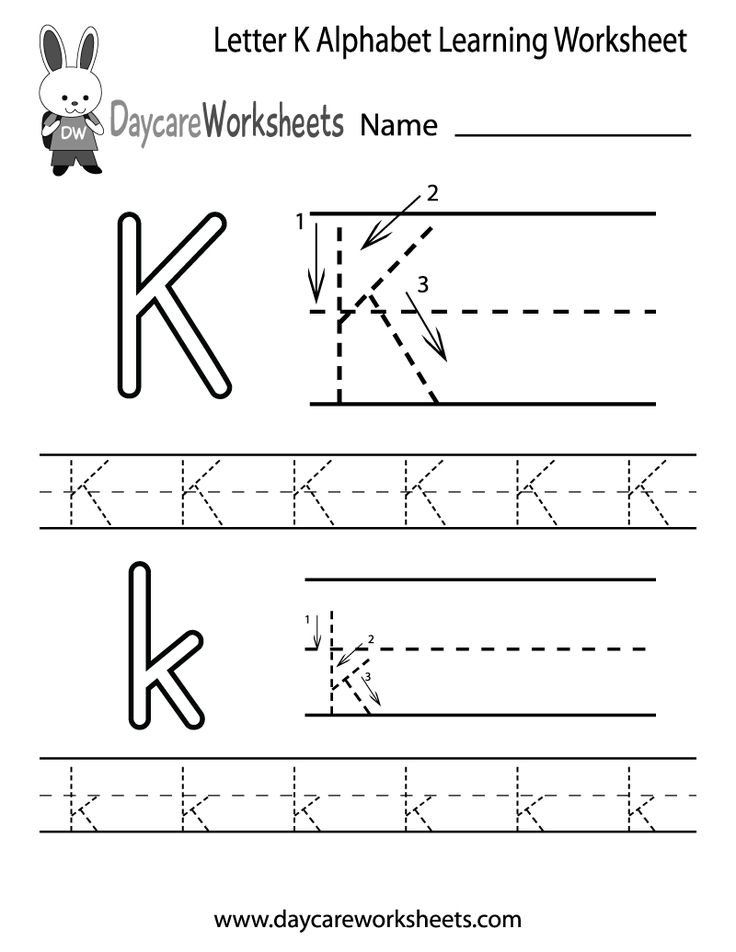
Paper Plate Letter Match by Hands On as We Grow – Place a letter you want your child to identify in the center of the plate and ask them to find the matching letter around the rim. Once they find it they can fold it into the center. This resourceful letter learning activity can be done on both sides of the paper plate for different letters and can be reused many times. Hands On as We Grow shares additional ways that this paper plate activity can be used for other learning as well.
Cookie Cutter Letter Painting by No Time for Flashcards – This simple craft gets kiddos having fun with painting while exposing them to the alphabet. Call out letters to stamp with or create letter patterns for added fun.
There you have them, friends!! Tons of alphabet activities for you and yours to enjoy together. It is so important that we keep this learning fun and playful for our little ones.
Children learn best through play—so let’s meet these little ones exactly where they are and play our way into letter learning fun.
Thank you so much for reading!
P.S. Don’t forget to grab your free Teaching Letter Recognition Guide!
You’ll also love these How Wee Learn best-sellers:
Teaching Letter Recognition – What Order to Introduce Letters
Gross Motor Alphabet Games for Kids
Reading courses for children at AMAKids
What is included in the
Teaching Reading program?
Primer
Includes familiarity with all the sounds and letters of the Russian language, as well as mastering the sound-letter analysis of the word.
Chitarika
Forms in children the skill of fluent syllabic reading with a gradual transition to reading whole words.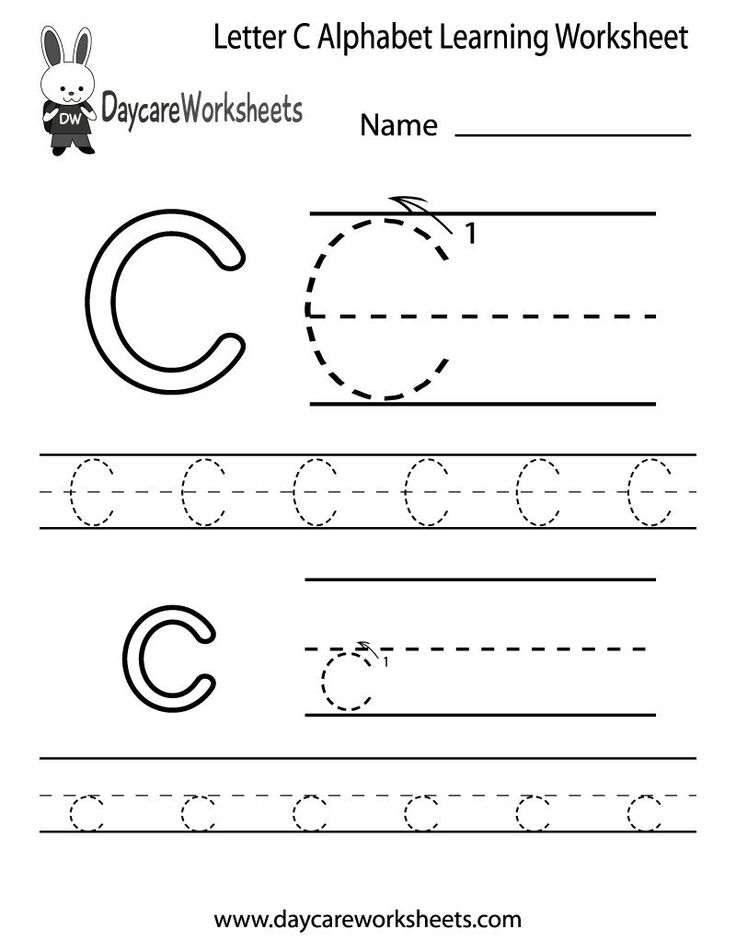
After that, the skill of conscious reading of sentences, as well as small texts with a complete understanding of the meaning of what is read, appears.
Why does my child need a course?
- Phonemic hearing The child will be able to correctly recognize all the sounds of the Russian language and get acquainted with the peculiarities of the pronunciation of sounds, their spelling and orthoepic norms.
- Sound-letter analysis Children will learn to distinguish sounds according to their qualitative characteristics, determine the position of a sound in a word, correctly correlate sounds and letters.
- Speech development With the help of our methodology, the child will master competent, beautiful and expressive oral speech, as well as learn to convey his thoughts and feelings figuratively and accurately.
- Vocabulary expansion The child's intellect is developed by enriching the vocabulary, since speech is one of the indicators of mental abilities.
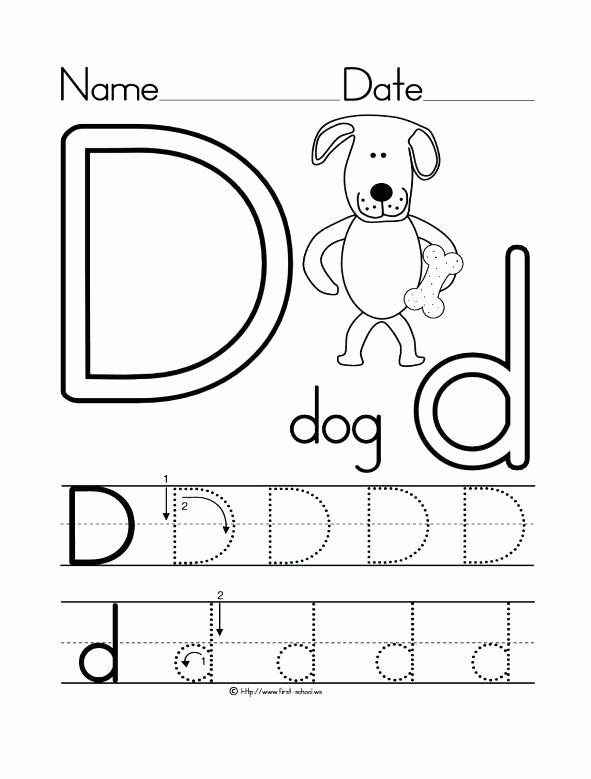 In our classes, work with the dictionary is given special attention.
In our classes, work with the dictionary is given special attention. - Working with texts The child learns to build simple and common sentences, generalize and analyze, and also conduct research when working with texts.
- Reading technique In our classes, the child will learn the means of expression. Such as fluency, intonation, pause, speech rate and logical stress.
- Literacy Literacy develops in children who read well, a lot and with interest. Our program has developed a large number of didactic materials aimed at developing literacy.
Do you think this is fantasy?
The results of our students show that the reality!
How are the classes going?
Frequency of the course Primer
The course is designed for 2 months (16 lessons). Classes are held 2 times a week
Classes are held 2 times a week
Composition of groups
The course is designed for children of different ages from 5 years. Classes are held in small groups.
Frequency of the course Chitarika
The course is designed for six months - 6 months (48 lessons). Classes are held 2 times a week
Duration of classes and format of training
One lesson lasts 70 minutes and includes 2 lessons of 35 minutes each with a break. Classes are held in a playful, child-friendly form in modern centers.
Modular training - by blocks
A child can start learning from any module, depending on his starting performance. The Primer program consists of one training module, the Chitarika program consists of four modules.
Teaching materials
5 colorful author's textbooks have been developed for the "Teaching to Read" methodology.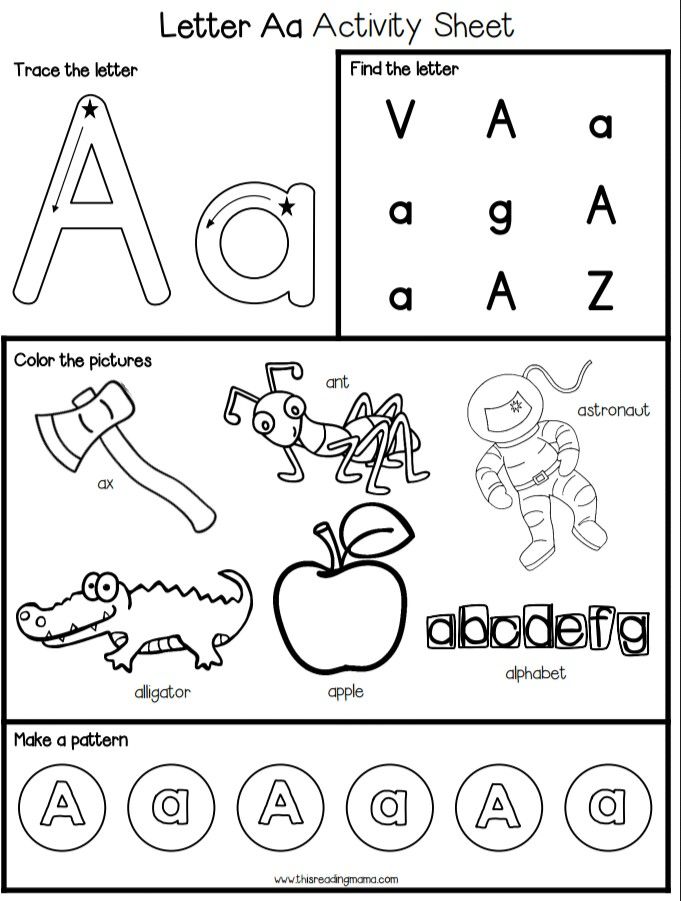 Homework is done both in them and on an online platform with a modern gaming interface.
Homework is done both in them and on an online platform with a modern gaming interface. FAQ
-
Why does the method of teaching reading have two names - Primer and Chitarika?
Primer is an elementary course for children of the alphabetic period.
Chitarika is a course of mastering reading from syllable to text. -
Is the course suitable for my child if he knows the letters and reads syllable by syllable?
After the trial lesson, the trainer determines which module is recommended to start with.
-
Can my child go to LIBERICA after LEARNING TO READ?
Yes, it can, if the child's starting performance for Liberica is suitable.
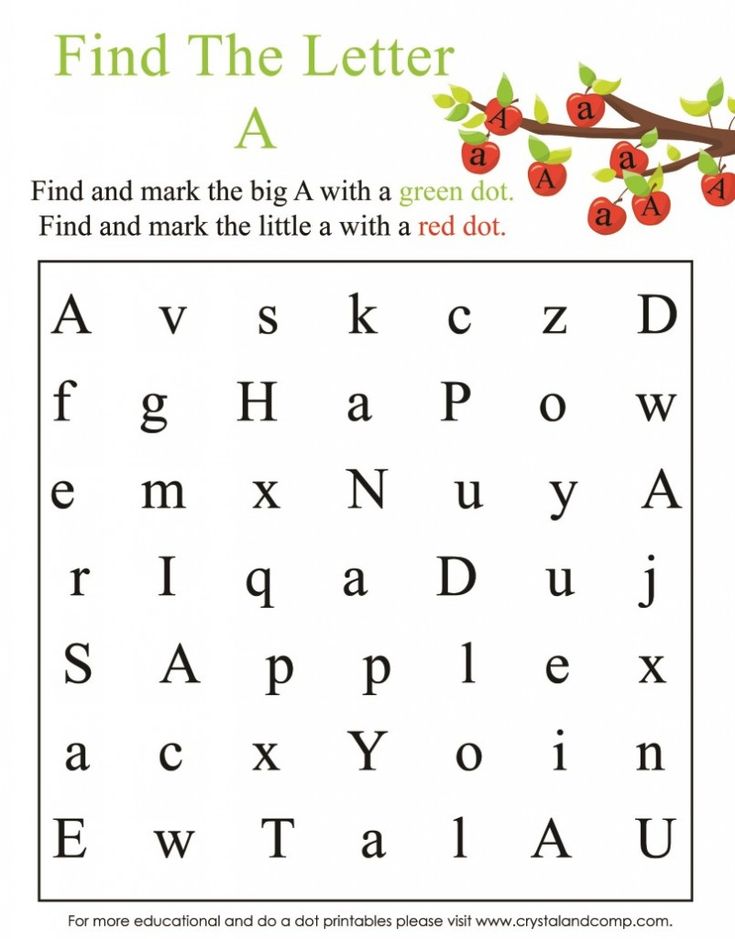
-
How fast will my child read after completing the course?
Minimum 40-50 words per minute with full reading comprehension.
-
What is an online platform for?
Our training is based on textbooks and includes a game component in the online platform. In the coming years, the role of the computer and process automation will only grow. Modern children get used to and adapt to new technologies, which opens up a comfortable future for them. On our online platform, students perform unique game tasks, and in the process they master reading as quickly and accurately as possible. The progress of classes is visible in a short time to the child, parents and coach.
-
Why does insufficient vocabulary interfere with learning to read?
To understand the text, the child must know the words he is reading.
 If the meaning of the word is not known to him, the child will not "recognize" it, even with an unmistakable reading. Therefore, the course focuses on working with the dictionary.
If the meaning of the word is not known to him, the child will not "recognize" it, even with an unmistakable reading. Therefore, the course focuses on working with the dictionary.
Sound - letter analysis of the word, an integral part of literacy. | Methodological development on speech therapy on the topic:
Sound - letter analysis of the word, an integral part of literacy.
This skill begins to be formed in kindergarten in the preparatory group for school and continues throughout the entire period of study. After all, this is the basis of both reading and writing. However, very often such an analysis of the word causes difficulties not only for children, but also for parents. Therefore, let's try to determine what this operation includes, and how to help the child master it better
In the preschool years, the child undergoes intensive mental development: he masters speech, gets acquainted with the richness of the sound, lexical and grammatical composition of the language.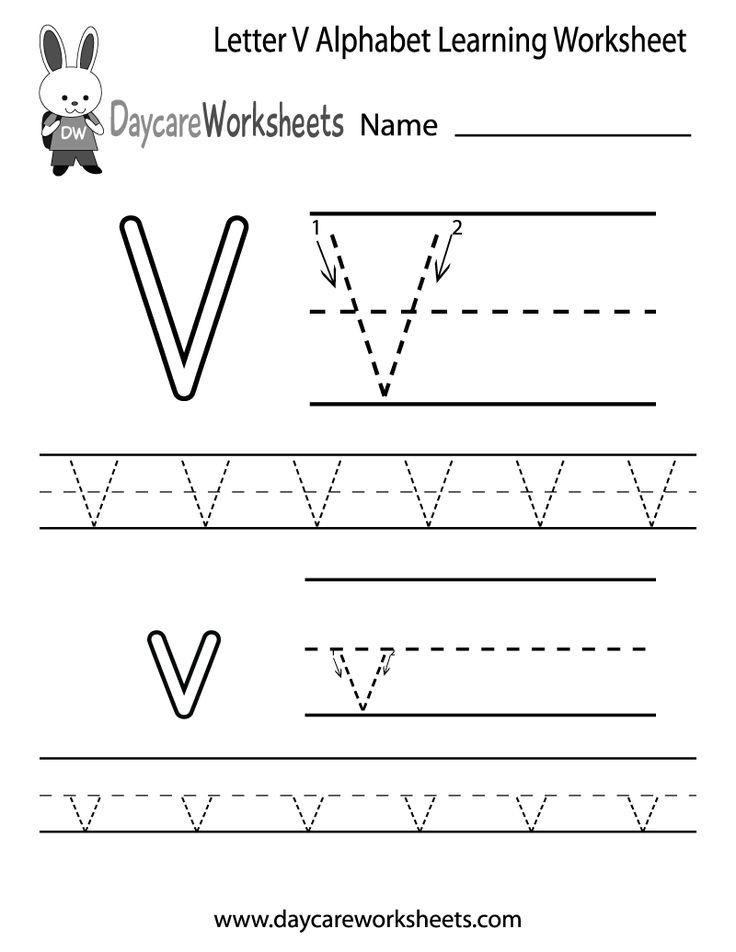
Therefore, our goal is to acquaint a preschooler with the word - its semantic (word denotes a certain object, phenomenon, action, quality) and phonetic or sound side (the word sounds, consists of sounds following in a certain sequence, has syllables, one of the shock and etc.).
For children with phonetic and phonemic underdevelopment, it is especially difficult to distinguish the sound of a word by ear. The process of examining the sound composition of a word for children is difficult because their phonemic perception is impaired. And the main task is to develop it. It is also difficult because at the same time it is necessary to establish exactly which sounds are heard in a word, isolate them, determine the order of the sounds, their number.
The assimilation of the sound side of the word by a preschooler is a long process. It is carried out in various types of children's activities: these are frontal classes, and subgroup classes, and individual ones. And, of course, in games.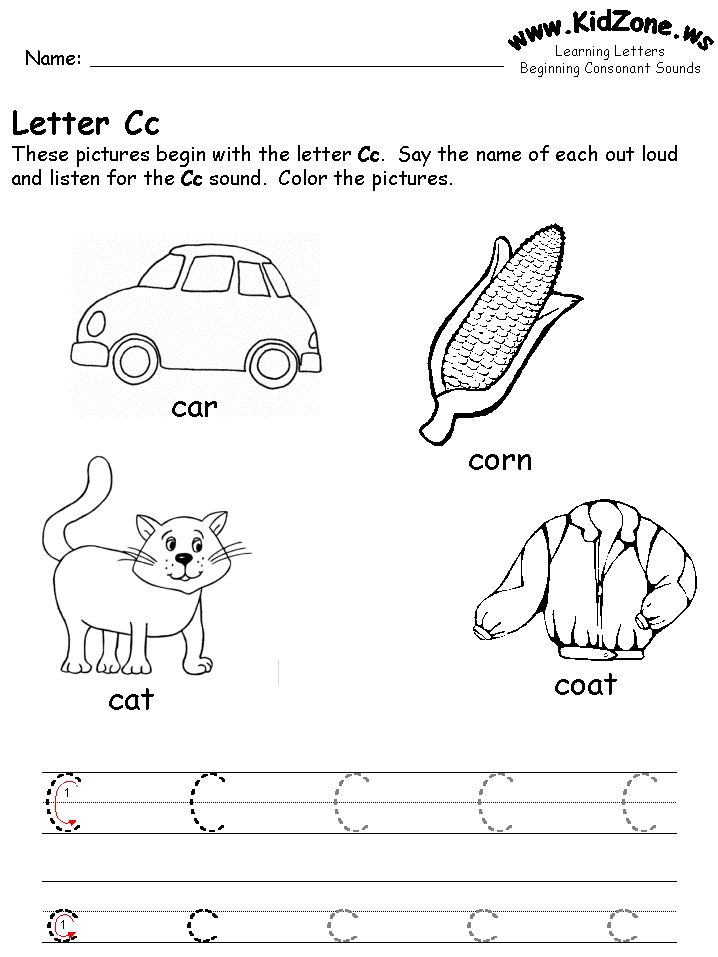
Currently, in the educational environment there is a situation of children's deviations in speech development, and the number of preschool children with these problems is growing. These are children of 5-6 years of age who have not mastered the sound side of the language in the normative terms. Complete in auditory and intellectual terms, they are not ready to perceive the school curriculum due to insufficient development of phonemic perception. In the future, these children become unsuccessful, especially when acquiring literacy. The reason for this is the shortcomings in the development of the processes of sound-letter analysis and synthesis. The basis of sound-letter analysis is clear, stable and fairly differentiated ideas about the sound composition of a word.
Successful literacy in school requires proper preparation of children in preschool. This is necessary both for children with normal phonetic and phonemic development, and for children with disabilities. Properly organized speech therapy work, the correctional process allows both to completely eliminate the shortcomings in the formation of phonemic representations and to form an oral-speech base for mastering the elements of literacy.
Carrying out systematic speech therapy work on the formation of phonemic representations contributes to the formation of an oral-speech base for mastering literacy.
The diagnosis of phonetic-phonemic underdevelopment of speech means that with normal hearing and intelligence in the picture of the child's speech, the unformedness of its sound side comes to the fore. Characteristic for these children is the incompleteness of the process of formation of phonemic perception. The deficiency concerns not only pronunciation, but also auditory differentiation of sounds.
With unformed phonemic representations, the readiness for sound analysis of speech is much weaker than among normal speakers. Therefore, when developing a methodology for remedial education, particular importance is attached to the observance of the fundamental didactic principles (accessibility of the proposed material, visibility, individual approach, etc.).
To prepare children for teaching literacy using the analytical-synthetic sound method, it is very important to teach them:
- to distinguish between any speech sounds, both vowels and consonants,
- to distinguish any sounds from the composition of a word;
- divide words into syllables and syllables into sounds;
- combine sounds and syllables into words;
- determine the sequence of sounds in a word;
- divide sentences into words.
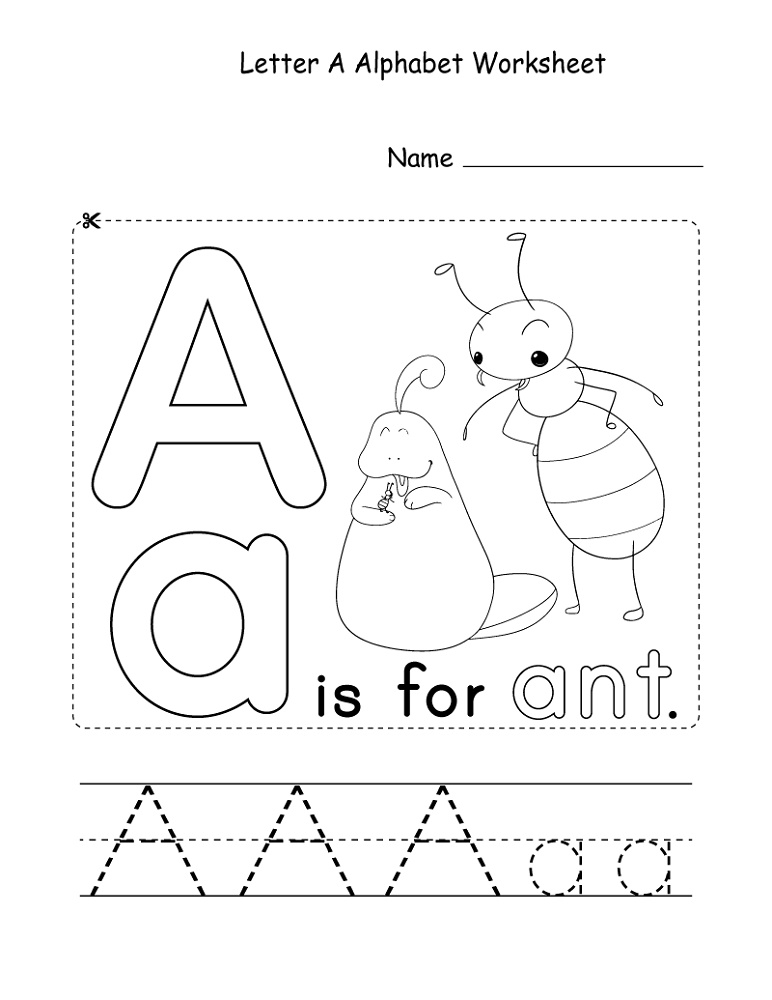
The readiness of a child to teach literacy by the analytical-synthetic sound method is determined by the ability of him to become aware of the sound structure of the language, i.e., switch attention from the semantics of the word to its sound composition - to the ability to hear individual sounds in the word, to understand that they are located in a certain sequences.
Given the above, I believe that the work aimed at the development and assimilation of the sound side of the word by the preschooler is of great importance in teaching children to read and write. “On how the sound reality of the language, the structure of the sound form of the word, is revealed to the child, depends not only the assimilation of literacy, but also the entire subsequent assimilation of the language - grammar and spelling associated with it.” (D. B. Elkonin. Questions of the psychology of educational activity of younger schoolchildren - M., 1962.)
The initial principle of the system of preschool teaching literacy according to D. B. Elkonin is that the child’s acquaintance and work with letters should be preceded by a pre-letter, purely sound training period. Bugrimenko E. I. and Tsukerman G. A. studied this system. They state it as follows.
B. Elkonin is that the child’s acquaintance and work with letters should be preceded by a pre-letter, purely sound training period. Bugrimenko E. I. and Tsukerman G. A. studied this system. They state it as follows.
A preschooler's path to literacy is through playing sounds and letters. After all, writing is the translation of speech sounds into letters, and reading is the translation of letters into sounding speech.
If you start working with preschoolers or first graders, then they need, first of all, to determine and correlate the number of letters and sounds. In addition, you need to classify them into vowels and consonants, and the latter, in turn, differentiate into soft and hard, deaf and voiced, etc. It is very important to explain to children the differences between sound (what we pronounce and hear) and letter (what what we read and write). It is better to do this in the form of a game, because motivation for classes is very important in elementary school.
Sound-letter analysis is one of the most important types of work, which contributes to the formation of spelling vigilance in the future, the development of phonemic hearing; the development of skills to isolate sounds in a word, correctly name and characterize them; the ability to correlate a word with its sound scheme and much more.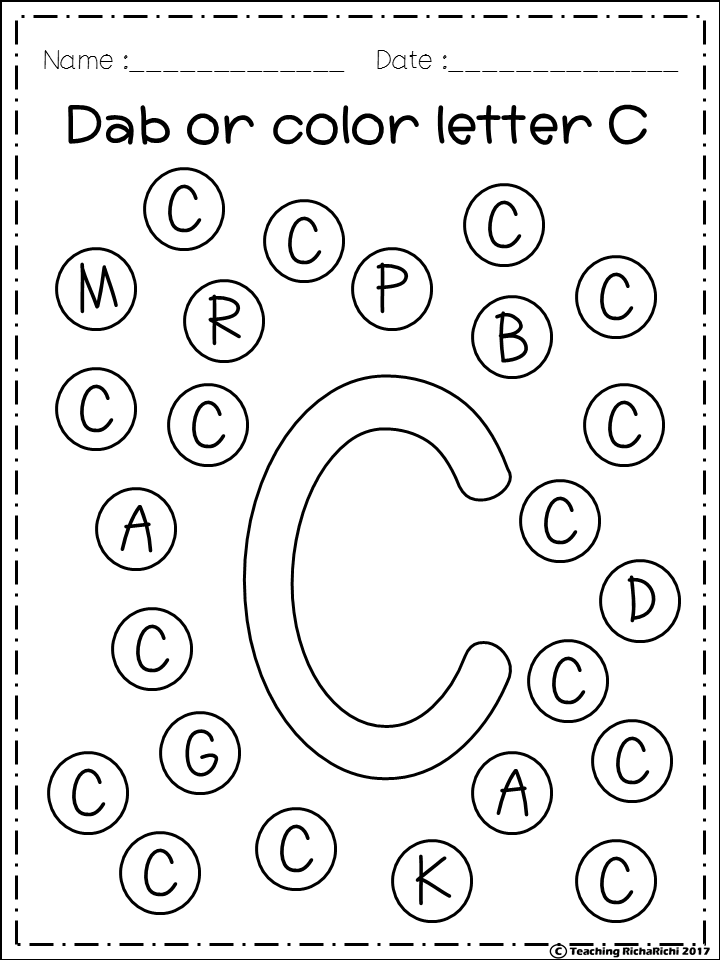
Traditionally, in textbooks teaching literacy, letters are written in different colors. Those that represent vowels are most often depicted in red, while those that represent consonants are blue or green. Modern techniques also, for the most part, have adopted this tradition. The sound-literal analysis of a word begins with determining the number of syllables in it, as well as the ratio of letters and sounds.
In order to learn to read and write, a child needs to make two important discoveries: first to discover that speech is made up of sounds, and then to discover the relationship between sound and letter.
A preschool child can master the sound analysis of words only with the help of a certain method of action with a word - intonational underlining, sequential stretching of sounds in a spoken word (for example, ssson, sooon, sonnn).
The task of sound analysis of words will be solved by children more readily if it is given a playful form. The sensitivity of a child to the sound shell of a word, the ability to hear and pronounce individual sounds in words in a special way can be tested and worked out by playing a speech therapist or Dr.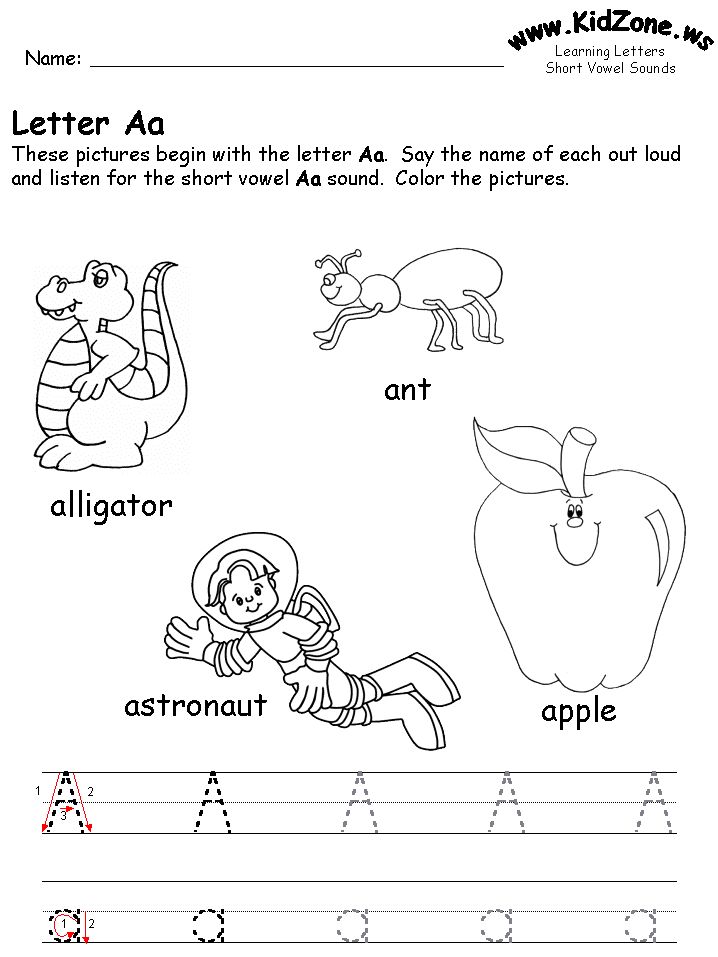 Zvukov. (A speech therapist or Dr. Sounds corrects the incorrect pronunciation of dolls or animals. A Negro child or an Australian kangaroo has the right not to pronounce some Russian sounds. He says: “The elephant has a ffobot.” What sound did the kangaroo pronounce incorrectly?)
Zvukov. (A speech therapist or Dr. Sounds corrects the incorrect pronunciation of dolls or animals. A Negro child or an Australian kangaroo has the right not to pronounce some Russian sounds. He says: “The elephant has a ffobot.” What sound did the kangaroo pronounce incorrectly?)
Preparation for word analysis has four stages:
- At the first stage of learning, children learn to isolate the initial vowel sound from the composition of words: u-duck. Using the material of vowel sounds, children are given the first idea that sounds can be arranged in a certain sequence - an analysis of a series consisting of two or three vowels (aiu).
- The second most difficult stage of preparation is the analysis and synthesis of reverse syllables like an, ut, ok. At the same time, children learn to highlight the last consonant from the end of the word (cat, poppy).
- The third stage of preparation for the analysis of the word is the selection of stressed vowels from the position after the consonants (house, tank).
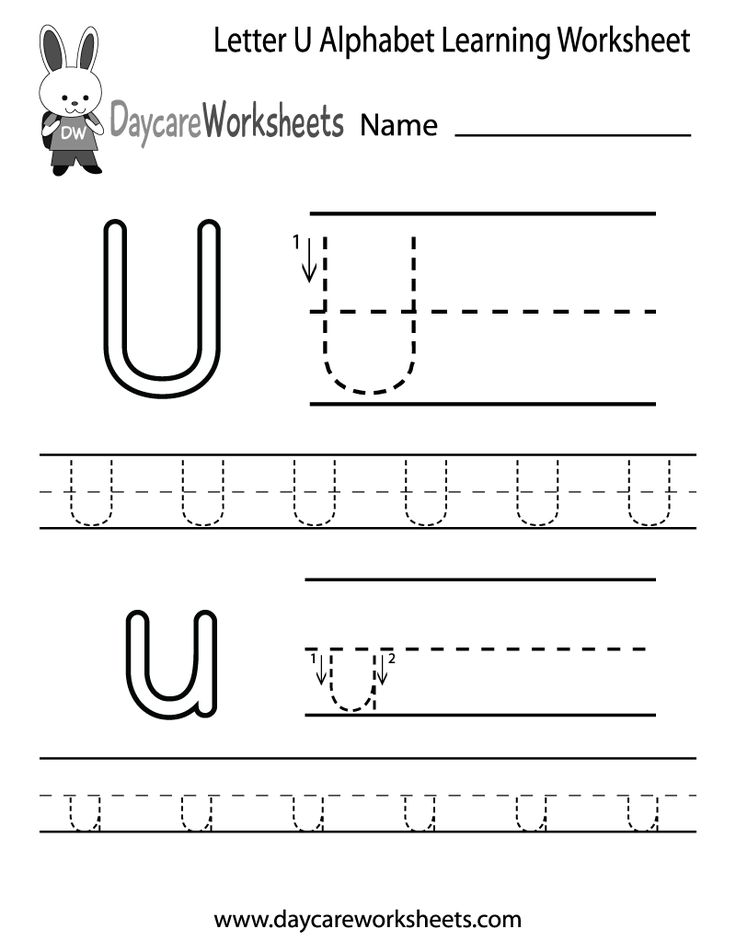
- After these exercises, children easily master the fourth stage of preparation - analysis and synthesis of a direct syllable like sa, and then - the ability to isolate the first consonant from words.
Only having mastered the 4 steps of the preparatory period, the speech child becomes ready for a complete sound analysis and synthesis of words like SGS (soup) and SGSG (braids).
The fundamental method of work at the stage of teaching literacy is the sound-letter analysis of the word. It begins with the selection of a single sound from words. If the sound is long (vowels e, a, o, y, s, and consonants m, n, w, p, l, s, x, c, s, zh, f), you can select it at the beginning or at the end of the word drawn out pronunciation: shshshar, zhzhzhuk, stull.
Voiced consonants at the end of words are stunned, so it is better to single them out at the beginning of a word; sonorous consonants p, l, m, n are distinguished at the beginning and at the end of the word.
Vowel sounds are isolated from the beginning of a word when they form a syllable: o-sy, a-ist, i-va.
Deaf consonants are easy to distinguish at the end of a word: mak-k, kot-t, voiced-at the beginning of words with a confluence of consonants, for example: brother-b, yard-d. interference, they can be pulled, sung, consonant sounds are not pronounced freely, meeting obstacles.
They should know about sounds, that they are pronounced and heard, about letters, that they denote speech sounds, they are written and seen.
Children learn to differentiate consonants into hard and soft, paired and unpaired by deafness-voicing, and vowels into stressed and unstressed.
To establish the sequence of consonants and vowels in words, graphic schemes of the syllable-sound structure of words are used.
The child pronounces the word, highlighting each sound of the word with a drawn out pronunciation, and marks it in the word scheme. To teach reading, it is important to teach children to distinguish the fusion (direct syllable) and the consonants adjacent to it in the word.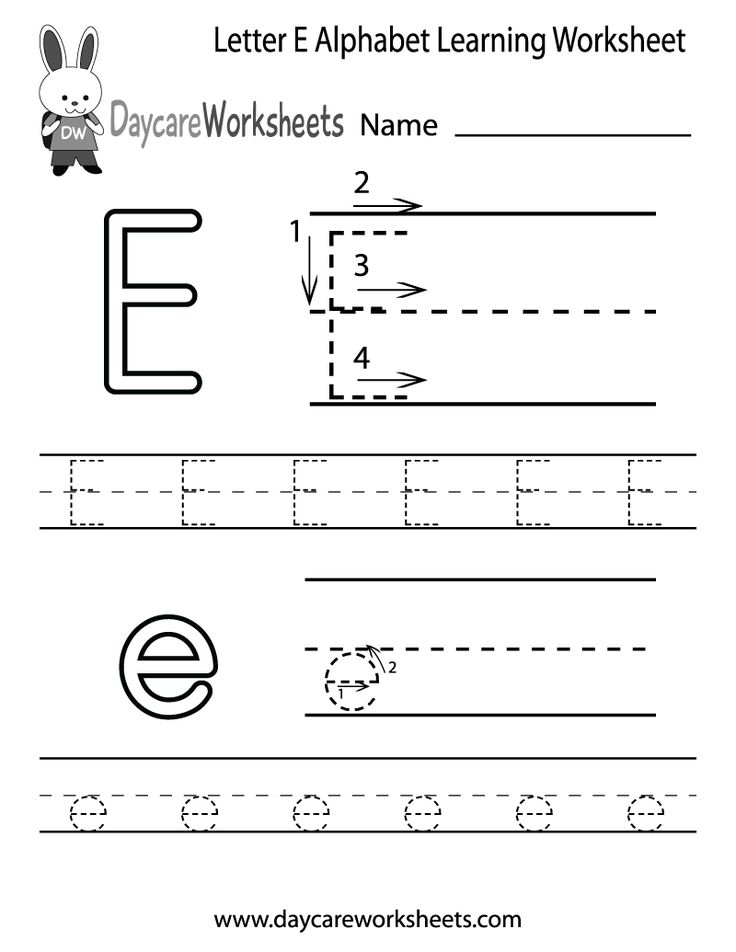
It is very important to teach children to hear sounds as part of a fusion, indicated in writing by iotized vowels i, e, u, e, for example: ate-[y`el`i], hedgehog-[y`ozhyk], yula-[y` ula]. At the same time, you need to pay attention to the continuous pronunciation of these syllables-mergers and to the fact that they are written with the help of one letter
The process of reading in its mechanisms is opposite to sound analysis, the sequence of sounds in words. The reference points here are the graphic means of written speech: vowels and consonants, their combinations. Soft and hard signs, spaces between words and punctuation marks.
To read consonant letters in a word, you need to know what vowels follow it: vowels e, a, o, y, s are indicators of the hardness of consonants, and, e, u, i, e are indicators of the softness of consonants.
If a consonant follows a consonant, then you need to focus on subsequent letters and read all the consonants together, for example: swifts, building.
It is necessary to teach children to see confluences in words, focus on vowels and stress. The stressed syllable in a word is pronounced louder than the unstressed one.
I would like to draw attention to the fact that we teach a child to read in parts, and not in syllables, for example: bear, s-tul.
A preschooler entering school must have the following knowledge and skills to successfully learn to read:
- Know that speech consists of sentences, sentences of words, words of syllables, syllables of sounds;
- Be able to distinguish between a letter and a sound;
- Be able to distinguish sounds in words;
- Be able to determine the place of sound in a word;
- Be able to select words with a given sound.
In conclusion, I want to note that the sound-letter analysis of words is necessary not only for teaching reading, but also for literate writing. It serves as the basis for the phonetic analysis of the word, which children perform in Russian language lessons throughout their education in secondary school and which is included in the EG.
Successful education of a child in school can be carried out on the basis of a certain level of preschool readiness, which involves the formation of physical, mental and moral qualities in children, general psychological and special training. To study at school, a sufficiently high level of the general development of the child is required, the presence of appropriate motives for learning, mental activity, curiosity, sufficient arbitrariness, controllability of behavior, etc.
Information sources:
1. Aleksandrova T.V. “Living sounds or phonetics for preschoolers” // “Child in kindergarten”. -2005. - No. 5, 6, 7, 8.
2. Gerbova V.V. “The development of speech of older preschoolers in kindergarten” - M .: “Prosvesh 2008.
3. Ilkonin D. B. "How to teach children to read" - M .: 1976
4. Kashe G.A. Preparation for school of children with speech impediments. M., 2005.
5. Kashe G.A., Filicheva T.B. Program for teaching children with underdevelopment of the phonemic structure of speech.